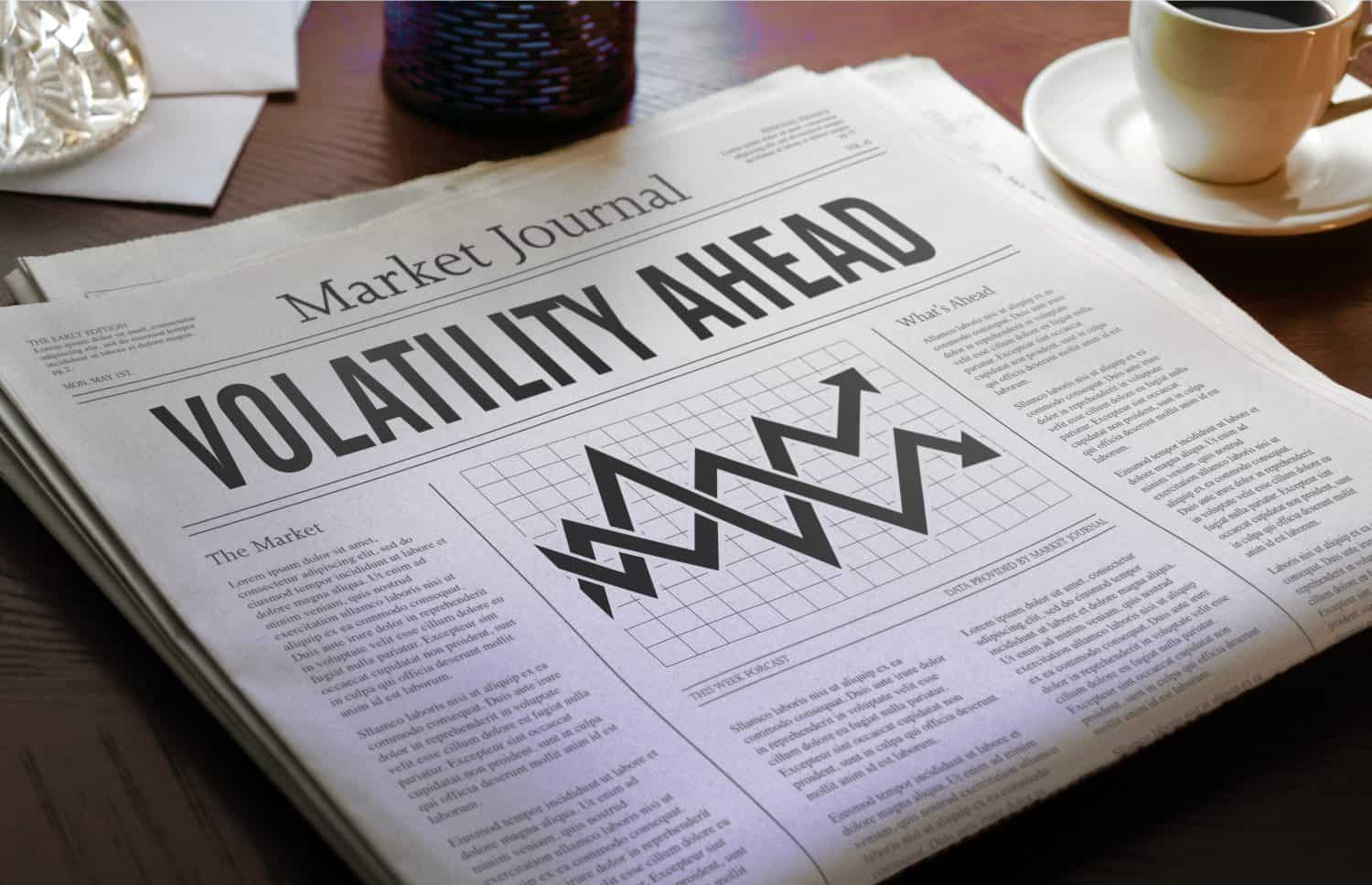
"With all the AI bubble headlines out there, it's easy to conclude that the great bull run will end in tears and perhaps irrecoverable losses for those who've chased the hottest AI names in the market. Undoubtedly, it's always a good idea to be prepared for a sudden surge in volatility or even the start of a new bear market."
"While only time will tell, I'm more inclined to bet on a correction striking than a bubble burst scenario, the likes of which hasn't happened since 2000 (for the Nasdaq) or the biotech bubble from around a decade ago. So, if your definition of a bubble is a mere 10-25% retreat in stock valuations, then perhaps one could be in the cards over the medium term."
"Either way, for those who can't risk being on the receiving end of a double-digit percentage decline, here are a pair of low-volatility ETFs to consider. iShares MSCI USA Min Vol Factor ETF iShares MSCI USA Min Vol Factor ETF ( USMV) is one of the most popular lower-volatility ETFs to hide in if you're afraid of a correction. The ETF is also home to some great companies that can power decent appreciation over the long run."
Expect periodic corrections every one to two years and bear markets every few years, rather than a 2000-style sector-wide collapse. Price-to-earnings multiples remain reasonable for several leading AI growers, suggesting vulnerability to a correction or mild bear market instead of an extreme implosion. A 10–25% retreat in valuations would qualify as a bubble under a narrow definition. Nvidia continues to show valuation strength despite centrality to the AI boom. Investors sensitive to double-digit drawdowns can consider low-volatility ETFs such as the iShares MSCI USA Min Vol Factor ETF (USMV) for lower volatility and potential long-term appreciation.
Read at 24/7 Wall St.
Unable to calculate read time
Collection
[
|
...
]